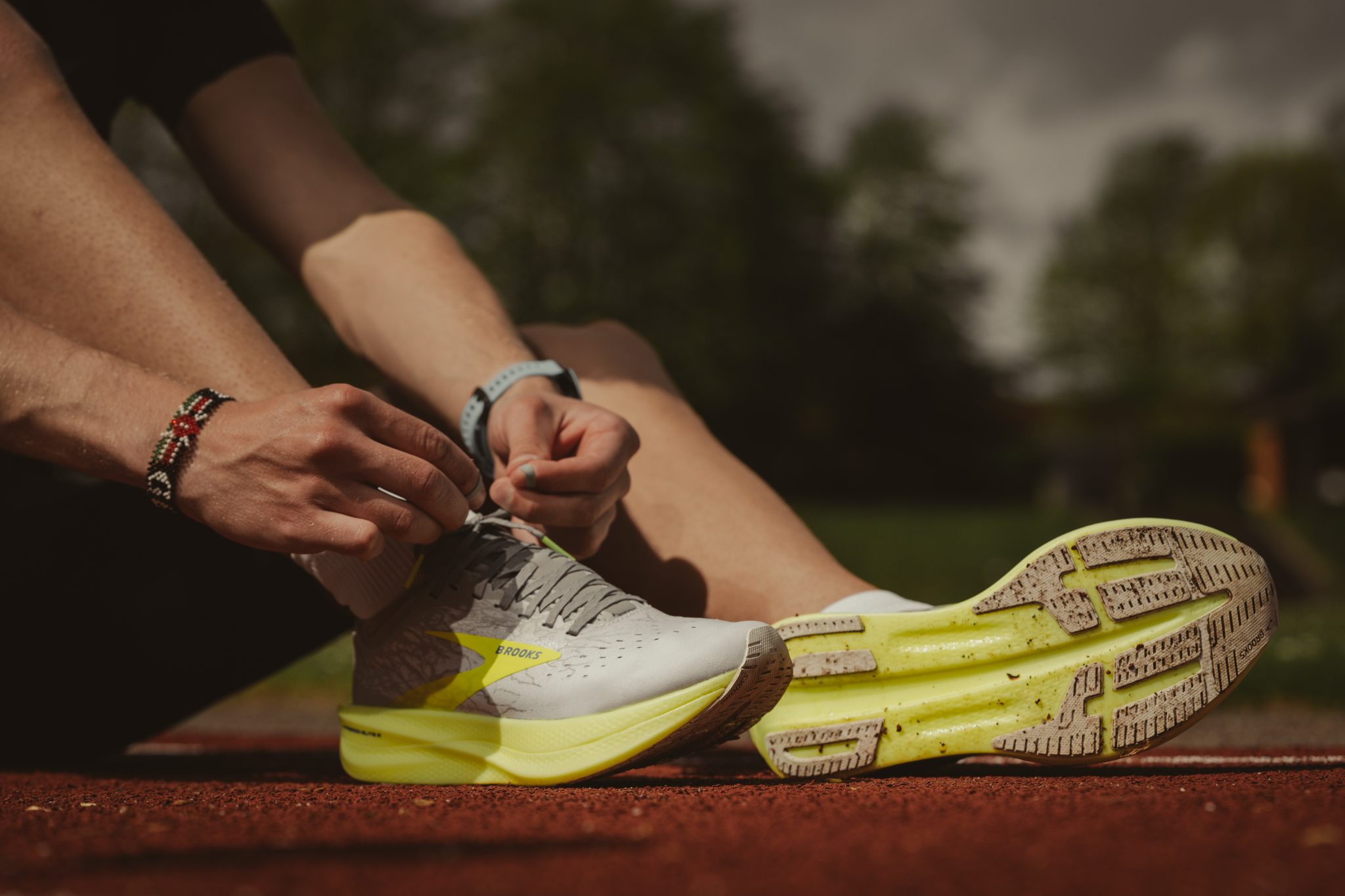
Running is a popular and accessible form of exercise that offers a number of great health benefits. It’s a great way to get back into an exercise routine because minimal gear is required – only a good pair of running shoes (although even barefoot running is possible!). Whether you’re a seasoned runner or just starting out, choosing the right running shoes is crucial for your comfort, performance, and overall foot health. With the vast array of options available in the market, it can be overwhelming to find the perfect pair that suits your feet and running style. We’ll walk you through the essential factors to consider when choosing running shoes, ensuring that you make an informed decision.
Understanding Your Foot Type
Before delving into the process of choosing the right running shoes, it’s essential to understand your foot type. Three main foot types are commonly identified: neutral arches, high arches, and flat feet. Identifying your foot type can help determine the level of support and cushioning you need in your running shoes. One effective way to determine your foot type is through the wet test, where you wet your feet and step on a piece of paper to examine your arch shape. Alternatively, you can seek professional advice from a podiatrist or a specialty running store.
Consider Your Running Style
Your running style, also known as your gait, plays a vital role in determining the appropriate running shoes for you. There are generally three types of running gaits: neutral pronation, overpronation, and supination (underpronation). Neutral pronation is when the foot rolls slightly inward upon landing, distributing the impact evenly. Overpronation occurs when the foot rolls excessively inward, while supination happens when the foot doesn’t roll inward enough.
Determining your running style can be done through various methods, such as analyzing wear patterns on your current shoes, consulting a running specialist, or visiting a gait analysis lab. Once you understand your running style, you can narrow down the options and focus on shoes designed to address the specific needs of your gait.
Cushioning and Stability
Cushioning and stability are crucial factors to consider when selecting running shoes. Cushioning provides impact absorption, reducing stress on your joints and muscles. The level of cushioning you require depends on your body weight, running surface, and personal preference. Lightweight and minimal cushioning shoes are suitable for experienced runners with efficient running mechanics, while individuals with higher body weight or a preference for extra cushioning may opt for more cushioned shoes.
Stability refers to the ability of a shoe to support your foot and prevent excessive inward rolling. It is particularly important for runners with overpronation. Stability shoes are designed with features like dual-density midsoles or medial posts to control pronation and provide support. On the other hand, runners with neutral pronation or supination may prefer neutral shoes that offer a balance between cushioning and flexibility.
Shoe Fit and Sizing
Finding the right fit and size for your running shoes is critical to achieving optimal comfort and preventing injury. When trying on running shoes, it’s recommended to do so in the late afternoon or evening when your feet are slightly swollen from being upright all day. This will better simulate the conditions during a run. Here are some essential tips to consider:
- Length and Width: Ensure that there is a thumb’s width of space between your longest toe and the front of the shoe. The shoe should also provide a snug fit without feeling too tight or constrictive. Consider the width of the shoe as well, as some models offer different width options.
- Arch Support: Check if the arch support aligns with your foot’s arch shape. It should feel supportive but not overly intrusive.
- Heel and Ankle Support: The shoe should securely hold your heel in place without slipping, providing stability and preventing blisters.
- Toe Box: Make sure the toe box offers sufficient room for your toes to wiggle without feeling cramped or restricted.
Conclusion
Choosing the right running shoes is a critical decision that can have a big impact on your running experience and foot health. By understanding your foot type, analyzing your running style, considering cushioning and stability needs, and ensuring proper fit and sizing, you can narrow down the options and find the perfect pair of running shoes for your feet. Remember, investing time in selecting the right shoes is an investment in your running performance and long-term foot health. So lace up, hit the road, and enjoy the miles ahead with confidence and comfort.
Featured image by Malik Skydsgaard via Unsplash

